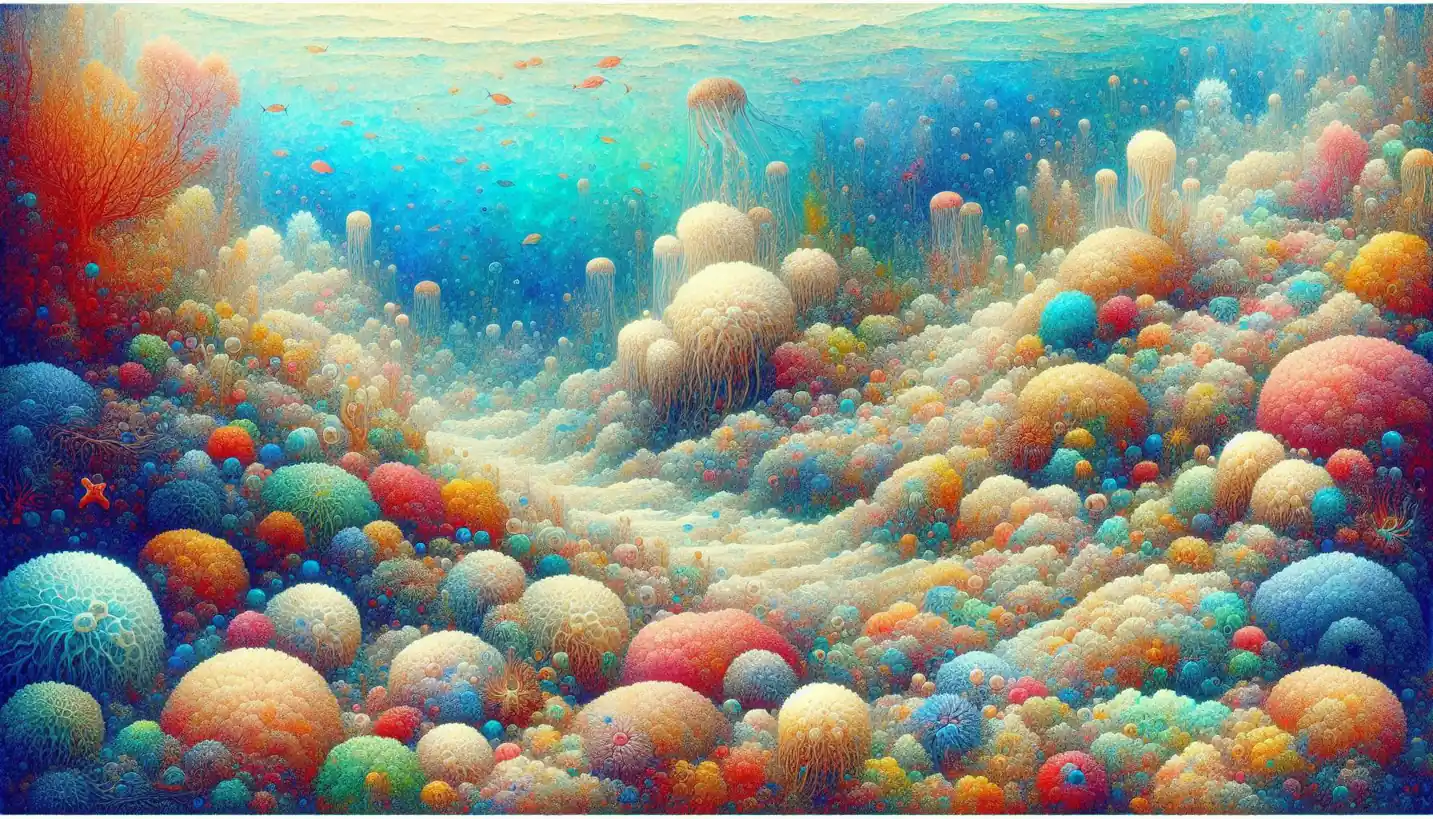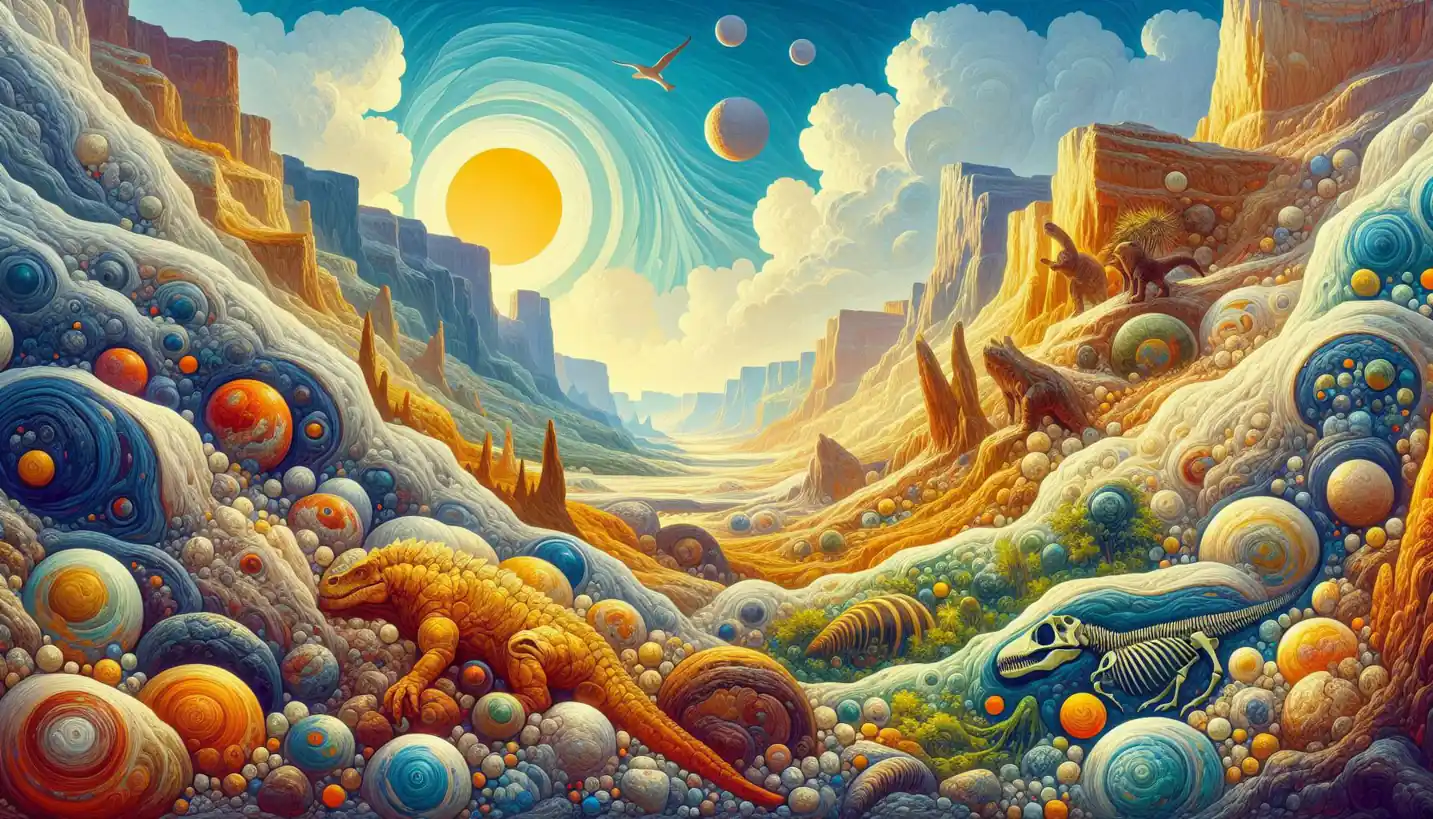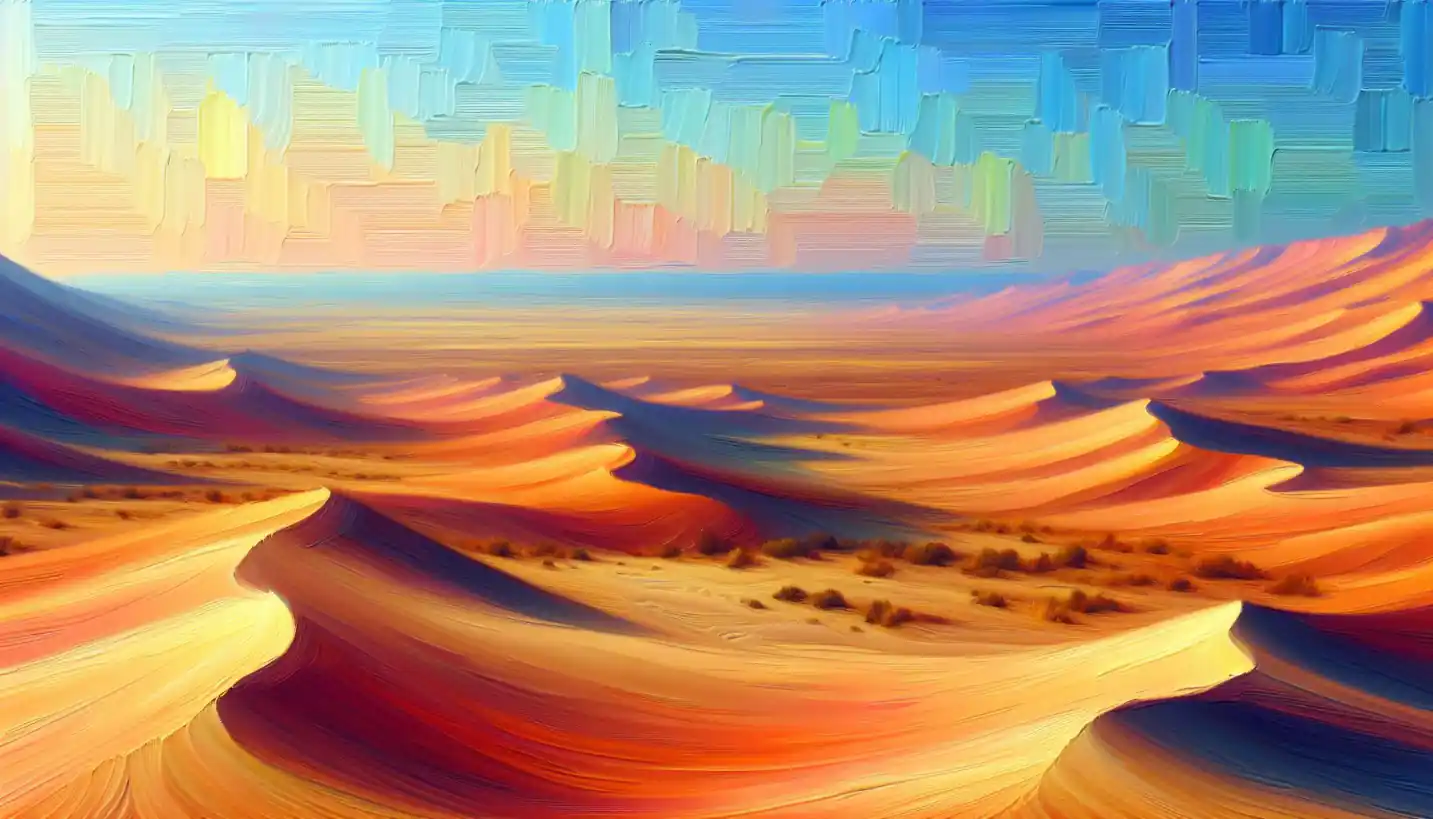· Earth Science · 4 min read
Orogeny: The Story Behind Mountain Creation
Orogeny is the grand tale of mountain formation through tectonic plate collisions. Explore how these towering natural wonders come to be over millions of years.

Peeling back layers of the Earth’s history reveals fascinating tales of mountain creation, known as orogeny. This term, derived from the Greek words for “mountain” and “birth,” describes the powerful processes that shape our planet’s craggy giants.
What is Orogeny?
Orogeny encapsulates the series of geological processes that lead to the formation of mountain ranges. Imagine the Earth’s crust as a giant jigsaw puzzle, with pieces slowly shifting and grinding against one another. This movement is due to plate tectonics, where massive slabs of Earth’s crust float on the molten mantle beneath.
When these tectonic plates collide, they create immense pressure. It’s like crumpling a sheet of paper: the edges fold and rise, forming mountain ranges. This process can take millions of years, but the majestic mountains we see today are testimonies to these ancient forces.
The Role of Plate Tectonics
A key player in orogeny is plate tectonics. Earth’s surface is divided into several large plates, and their interactions are behind many geological phenomena. When plates meet, they can do so in three main ways: converging, diverging, or sliding past one another.
In the case of mountain building, convergent boundaries are crucial. Here, plates push together, causing one to buckle and fold. The Himalayas, for instance, arose from the Indian Plate colliding with the Eurasian Plate. The resulting uplift is still ongoing, making Everest grow by a few millimeters every year!
Types of Orogenies
Orogeny isn’t a one-size-fits-all event. There are different orogenies, each with unique characteristics based on the interacting plates and their environment.
Collisional Orogeny
This occurs when two continental plates collide. Think of the Himalayas again. It’s like two heavy blocks meeting and pushing upwards. The mountains formed are massive and dense, containing a mix of crustal materials thrust together.
Subduction Orogeny
Here, an oceanic plate sinks beneath a continental plate, creating mountain ranges along coastlines. The Andes in South America are a prime example. The oceanic Nazca Plate is subducting under the South American Plate, leading to a spectacular uplift of mountains.
Extension Orogeny
Sometimes, instead of squishing together, plates pull apart. This tension can also form mountains, albeit in a different way. As the crust stretches, it thins and breaks. The Basin and Range Province in the United States showcases these elongated mountains and valleys, formed by the Earth spreading apart.
Geological Time: A Slow but Steady Sculptor
One of the most fascinating aspects of orogeny is the sheer scale of time involved. Mountains don’t just pop up overnight. The forces at work are constant and relentless, shaping the Earth over millions or even billions of years.
The Erosion Factor
While plates push upward, erosion works to wear mountains down. Weather, wind, water, and ice break down rock, smoothing rugged peaks over time. The balance between uplift and erosion is a dance of forces, constantly reshaping the landscape.
Importance of Orogeny
Orogenies don’t just create breathtaking landscapes; they’re crucial to Earth’s ecosystem and human life.
Biodiversity Hotspots
Mountain ranges often support unique ecosystems, becoming biodiversity hotspots. They present varied climates and altitudes, allowing diverse life forms to thrive, often in isolation. The Andes and the Himalayas host species found nowhere else on Earth.
Climate Influence
Mountains affect climate patterns. They serve as barriers to weather systems, forcing moist air to rise, cool, and precipitate as rain or snow—a phenomenon called orographic rainfall. This process creates fertile lands a blessing for agriculture.
Geological Resources
Orogenies also lead to the formation of valuable geological resources. Rocks and minerals get pushed close to the surface, making it easier for humans to extract metals, gems, and fossil fuels. Many mining industries owe their existence to ancient mountain-building processes.
Cultural and Spiritual Significance
Mountains hold significant cultural and spiritual importance for many communities around the world. They are often seen as sacred places, inspiring myths, legends, and art. The sheer immensity of mountains reminds us of Earth’s power and beauty.
Future Research Directions
The study of orogeny continues to evolve. Scientists use advanced technology like satellite imagery, GPS, and seismic data to understand these processes in greater detail. Future research might unlock secrets about past climates and predict how continuing tectonic activity might change our world.
Open-Ended Questions
- How will climate change affect erosion and mountain formation?
- Are there undiscovered areas where new mountain ranges could form in the future?
- What other geological wonders remain unexplored beneath the Earth’s surface?
Our planet’s ever-changing nature, driven by the forces of orogeny, reminds us of Earth’s dynamic beauty. So next time you gaze at a mountain range, consider the millions of years and the titanic forces that brought it into being. The story of orogeny is a testament to the intricate and powerful processes that shape our world, connecting the past to the present, and guiding us into the future.



